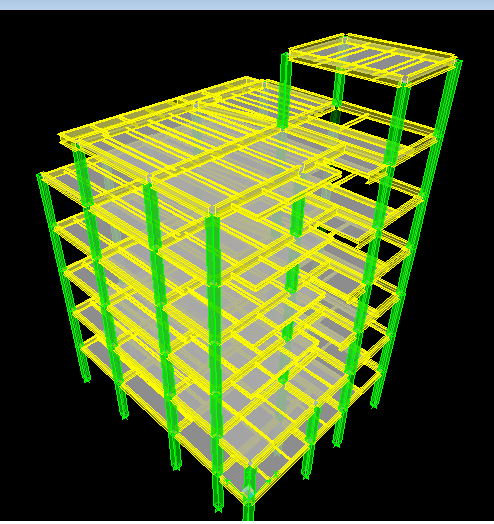Virtually Revolutionizing Space Frame Projects
페이지 정보
작성자 Carmella 댓글 0건 조회 41회 작성일 25-05-31 17:11본문
One of the primary benefits of using VR in steel structure projects is its ability to simulate various scenarios. This allows builders to analyze and identify potential issues, reducing the risk of errors and سازه فضاکار correction during the building phase. By wearing VR visors or using VR-friendly software on mobile machines, users can explore and view 3D models of the building in a highly realistic environment.

In traditional methods of framework design, creating and evaluating these models can be manual. Designers would typically use 2D drawing software to create and modify plans, which can make it futile to evaluate the overall structure. However, VR allows users to manipulate the model in 3D, giving a much better understanding of how the different components fit together. This makes it simpler to identify any potential issues or conflicts that may arise during building.
The use of VR also enhances coordination between partners. When working on huge projects, it can be challenging to relate ideas and specifications to colleagues. VR provides a shared platform that allows everyone to examine and manipulate the project in the same environment, ensuring that all is on the same path. This can significantly reduce misunderstandings and issues, resulting in a more productive construction process.
Another significant advantage of VR is its ability to minimize material waste and improve construction efficiency. By using VR to mimic the construction process, team members can identify areas where materials may be misused. This can be particularly helpful in steel structure projects, where resources often need to be carefully chosen and configured to meet specific structural requirements.
As the building industry continues to transform, the use of virtual reality is becoming increasingly prevalent. From analyzing and mimicking steel structures to overseeing and monitoring construction projects, VR is transforming the way architects work. By leveraging the capabilities of VR to analyze and simulate steel structure projects, designers and builders can build more productive structures that meet the needs of current society.
The use of VR in framework design also has durable benefits for the building industry as a whole. As technology advances and VR becomes more accessible to a wider range of users, we can expect to see increased effectiveness, reduced resource waste, and enhanced coordination throughout the industry. By adopting the possibilities of virtual reality, the construction sector can unlock new levels of improvement, offering better buildings and areas for future to come.
In summary, the use of virtual reality in framework projects offers a multitude of perks, from augmented visualization and simulation to enhanced collaboration and reduced resource waste. As VR technology continues to transform, and becomes more embedded into the construction process, we can expect to see significant augmentations in the way steel structures are built. Whether you're an architect, VR is an essential tool that can help you deliver better results and extend the boundaries of what's possible in the world of space frame design.
- 이전글High-quality Backlinks Abuse - How Not to Do It 25.05.31
- 다음글Characteristics Of Online Poker Tournaments 25.05.31
댓글목록
등록된 댓글이 없습니다.